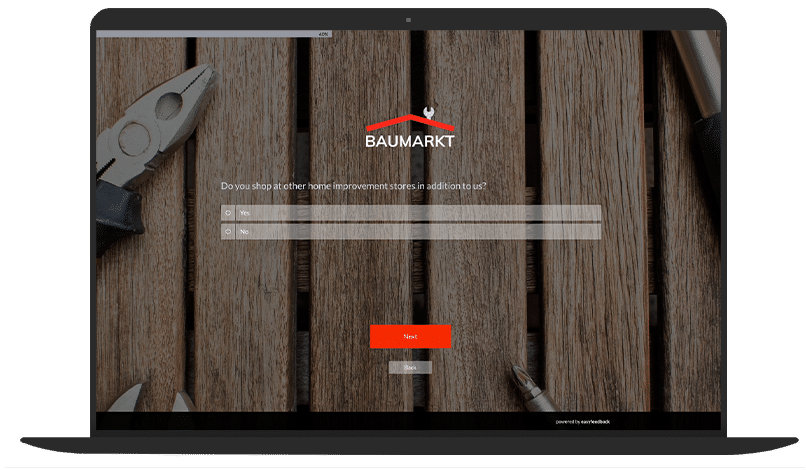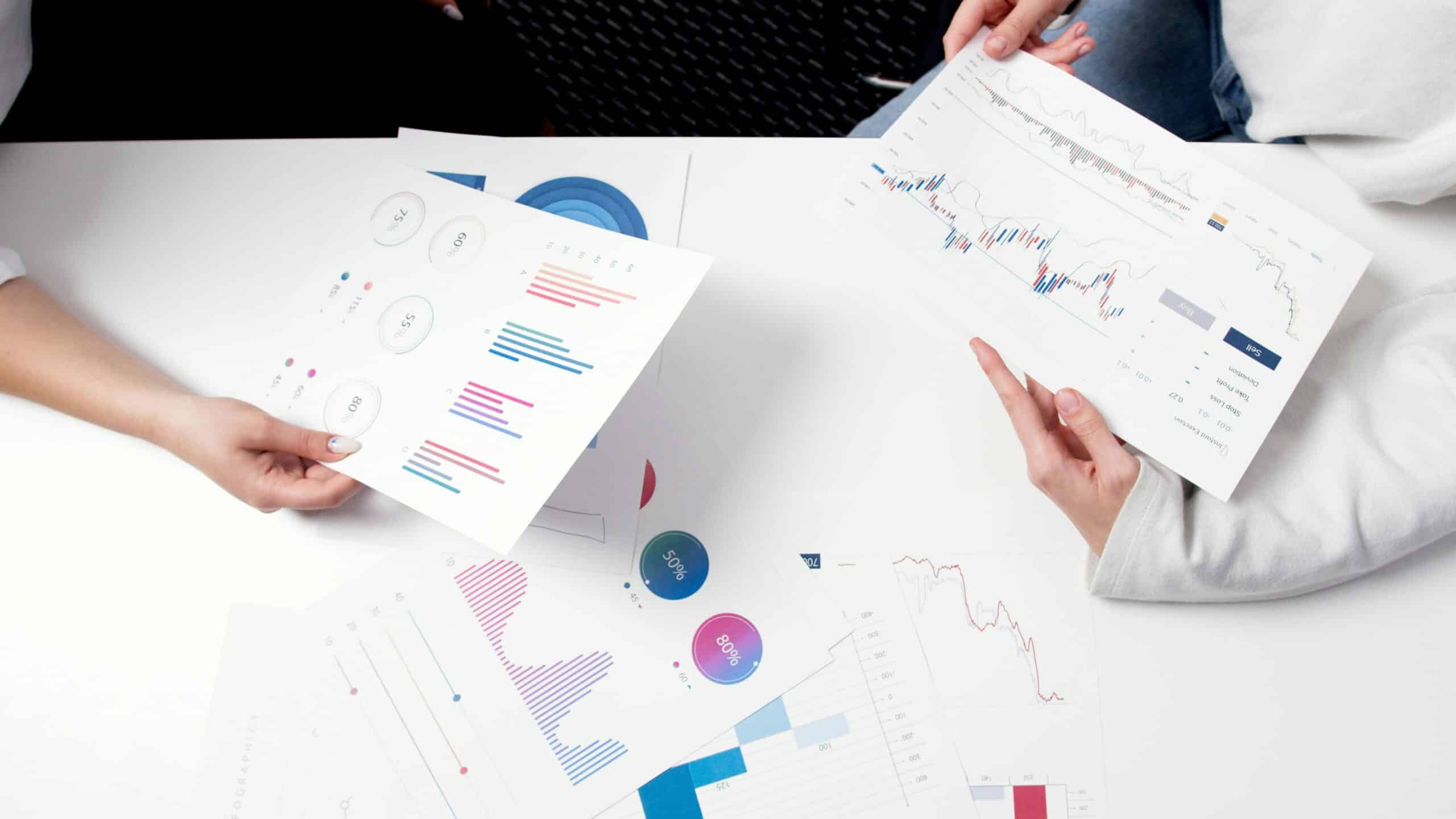What is price research?
Price research is an area of market research that deals with determining the ideal price level for products or services.
It examines how much customers are willing to pay, how price changes affect demand and what prices competitors set.
These findings help companies to develop a pricing strategy that is attractive to the target group and at the same time ensures profitability.
Objectives of price research
Price research pursues several central objectives that are closely linked to increasing competitiveness and profitability:
1st objective: determining willingness to pay
To understand what value customers attach to a product and how much they are willing to pay for it.

2nd objective: Optimization of the pricing strategy
To develop a pricing strategy that achieves the optimal mix of sales and profit without negatively influencing demand.
3rd objective: Analyzing price elasticity
To measure the reaction of demand to price changes and to analyze how sensitively customers react to different price levels.
4th objective: Competitive analysis
To monitor competitors’ prices and set a price level that differentiates your own product in the market and promotes customer loyalty.

5th objective: Maximizing customer value
To design prices in such a way that the value customers receive is perceived as attractive in relation to the price.
Methods of price research
Price research draws on various qualitative and quantitative methods to gain well-founded insights.
The most important methods are
1st method: Willingness to pay survey
A direct method in which customers are asked how much they would be willing to pay for a product or service.
2nd method: Conjoint analysis
This method examines how customers weigh up different characteristics of a product and how this weighting influences the price.
Conjoint analysis is used to determine the influence of different price components on the overall perception.
3rd method: Van Westendorp price acceptance model
Customers are asked four price questions: a price that is too low, at which they would doubt the quality, a price that is too high, which they consider to be too expensive, an acceptable price and a price that they consider to be advantageous.
The results show the accepted price spectrum.
4th method: Gabor-Granger method
In this method, customers are presented with various price options to determine at which price they would still buy the product.
The results provide important information on the price elasticity of demand.
5th method: Competitor analysis
Analyzing competitors’ pricing is crucial in order to position yourself correctly in the market and develop a pricing policy that is both competitive and profitable.
Price research in the digital era
With digitalization, price research has changed significantly and offers new opportunities to monitor and adjust prices in real time.
Online price monitoring and dynamic price adjustments are important strategies made possible by digital tools.
These technologies allow companies to continuously adapt prices to current market demand and thus offer a competitive advantage in highly competitive industries.
Big data analysis and machine learning also help companies to understand price acceptance and purchasing behaviour even more precisely and optimize pricing decisions in real time.
Advantages of price research
1st advantage: Increasing competitiveness
Companies that know the willingness to pay and the needs of their customers can set prices that are attractive and at the same time increase their market share.

2nd advantage: Optimize profit margins
With sound knowledge of price elasticity and willingness to pay, companies can set price levels that maximize their profit margins.
3rd advantage: Improving customer loyalty
A pricing strategy that takes into account the perceived value for customers leads to higher satisfaction and long-term loyalty.
4th advantage: Early detection of market changes
Price research helps companies to react early to market changes and competitive shifts and make adjustments.

5th advantage: Risk minimization
Through sound price research, companies can reduce the probability of losing customers or market share to the competition due to unfavorable prices.
Application examples
One example of successful pricing research is the airline industry, which uses dynamic pricing models to analyze demand and regularly adjust prices in order to achieve maximum capacity utilization and profitability.
Similarly, streaming providers such as Netflix use extensive data analysis to adapt price levels to local markets while maintaining their competitiveness.

These companies specifically use price research to make pricing decisions that both strengthen their market position and optimally serve the needs of their customers.
Conclusion
Price research is a crucial building block for a successful pricing strategy.
It provides companies with valuable insights into their customers’ willingness to pay and expectations, the price elasticity of demand and competitive positioning.
Especially in a dynamic, digitalized market landscape, the continuous adjustment of pricing is a competitive advantage that helps companies to position themselves successfully in the long term.
Companies that rely on pricing research can optimize their pricing strategies based on data, minimize risks and strengthen customer loyalty at the same time – an important step towards sustainable growth and economic success.
More about market research
- Brand Research: A key to successful brand development
- Sociodemographics: Insight into the social structure
- Product Research: The key to successful innovations
- Image research: The path to a strong brand image
- Consumer Insights: The keys to customer orientation
- The art of measuring advertising impact: Between numbers and emotions





